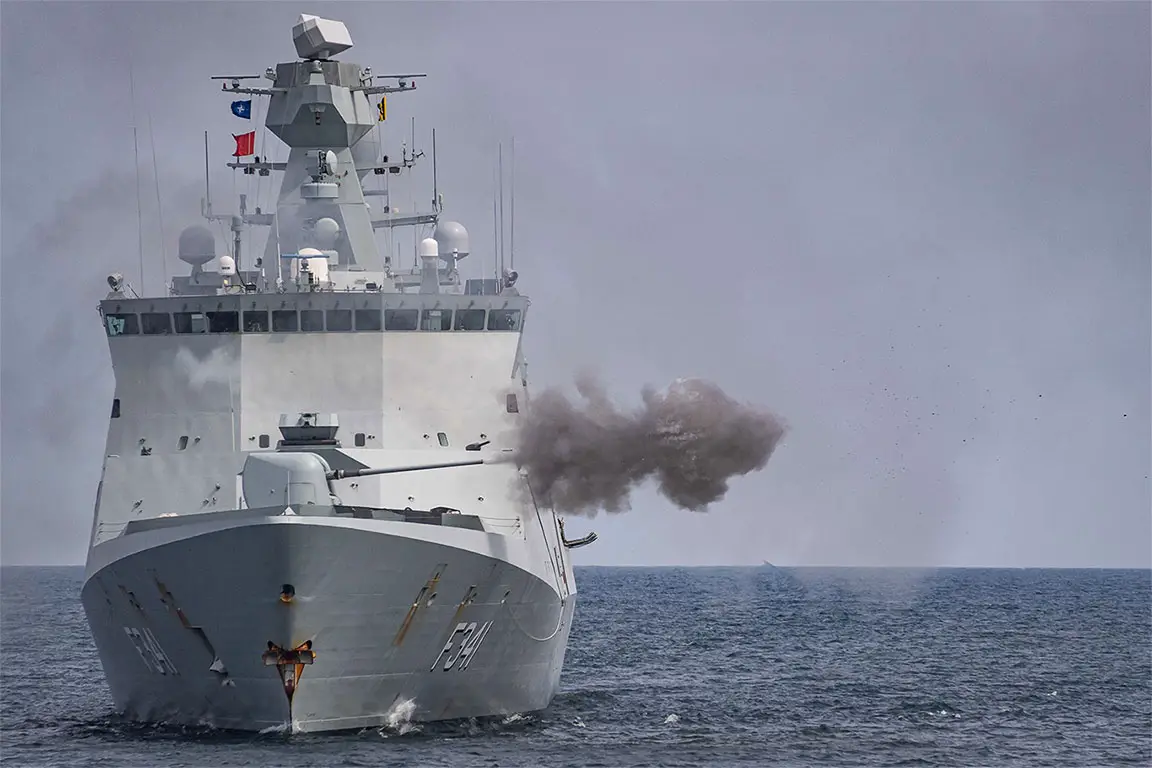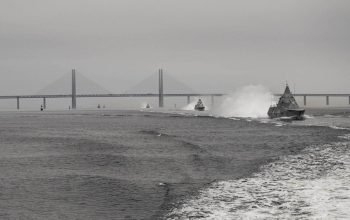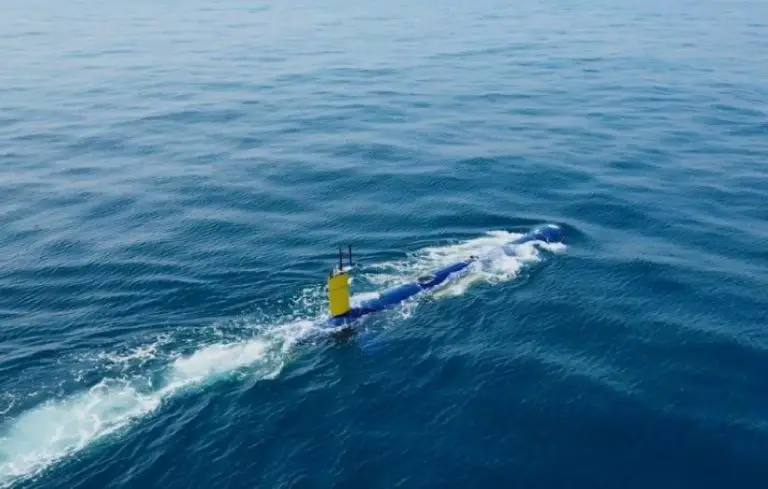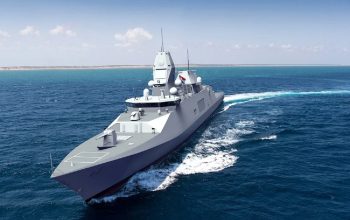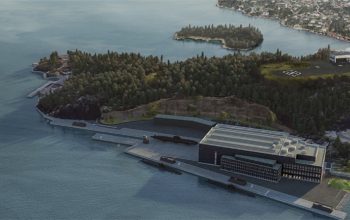Standing NATO Maritime Group One (SNMG1) practiced integration with the NATO’s enhanced Forward Presence (eFP) elements on 12 June 2021 at the Putlos training area range in Germany. SNMG1 ships HDMS Absalon, HNoMs Storm and HMCS Halifax carried out a Naval Surface Fire Support serial, engaging targets directed by the Army Fire Direction teams from NATO eFP units from Poland and Estonia as well as Bundeswehr (German armed forces). Royal Danish Navy frigate Absalon’s embarked MH-60 Seahawk Helicopter acted as a spotter and coordinated the fires with elements located ashore.
“BALTOPS is a tremendous example of Allied forces delivering effects across operating domains. In this instance, multiple ships provided fire support, while forces from forward deployed NATO land formations simultaneously adjusted rounds to target. This is no easy feat and a credit to commanders and operators at all levels. These activities strengthen interoperability and increase readiness for the Alliance. In this instance, multiple ships provided fire support, while forces from forward deployed NATO land formations simultaneously adjusted rounds to target,” said Maj Gen Phil Stewart, SHAPE Deputy Chief of Staff for Strategic Employment.
NATO warships are highly skilled and experienced at joint warfighting operations and can be called upon to engage and if necessary, neutralize targets ashore with precise naval gunnery in support of amphibious or land forces operations. This interaction took place during the annual BALTOPS, a joint, multinational maritime-focused defence exercise designed to enhance interoperability and flexibility, as well as demonstrate resolve among Allied and partner forces to defend the Baltic Sea region. It involves maritime, land and air forces, strengthening combined response capabilities necessary to ensure regional security and stability.
Such training is expected to increase in the coming months and years, as NATO seeks to grow the ‘jointness’ of their training and operations. A maritime-land integration programme envisages increasing interactions in the Baltic Sea, as well as other NATO areas. Interactions include information exchange briefings, communication exercises confirming ship-to-shore data and voice exchange, and joint exercises involving a variety of disciplines such as Integrated Air and Missile Defence, Explosive Ordnance Disposal, and Naval Surface Fire Support, where Ships at Sea are able to provide their main guns’ firepower against land targets, directed by shore-based Army Fire Direction teams. SNMG1 is one of four standing forces that comprise the maritime component of the Very High Readiness Joint Task Force (VJTF), which is part of the NATO Response Force (NRF).
